Ground cover that needs no water?
rosemint
9 years ago
Featured Answer
Comments (41)
Babka NorCal 9b
9 years agolazy_gardens
9 years agoRelated Professionals
Holly Springs Landscape Architects & Landscape Designers · Accokeek Landscape Architects & Landscape Designers · Saint Matthews Landscape Architects & Landscape Designers · Arden-Arcade Landscape Contractors · College Park Landscape Contractors · Milford Mill Landscape Contractors · Mission Landscape Contractors · Sammamish Landscape Contractors · San Bruno Landscape Contractors · Setauket-East Setauket Landscape Contractors · Vallejo Landscape Contractors · West Palm Beach Landscape Contractors · Yukon Landscape Contractors · Baileys Crossroads Landscape Contractors · Washington Window Contractorsrosemint
9 years agokathi_mdgd
9 years agohoovb zone 9 sunset 23
9 years agosocalgal_gw Zone USDA 10b Sunset 24
9 years agogyr_falcon
9 years agocalistoga_al ca 15 usda 9
9 years agogyr_falcon
9 years agodevolet
9 years agorosemint
9 years agogobluedjm 9/18 CA
9 years agorosemint
9 years agonil13
9 years agoBarbJP 15-16/9B CA Bay Area
9 years agosurfcitysocal
9 years agogyr_falcon
9 years agonil13
9 years agohoovb zone 9 sunset 23
9 years agoemmarene9
9 years agosurfcitysocal
9 years agoBarbJP 15-16/9B CA Bay Area
9 years agonil13
9 years agoBarbJP 15-16/9B CA Bay Area
9 years agogyr_falcon
9 years agomelle_sacto is hot and dry in CA Zone 9/
9 years agohoovb zone 9 sunset 23
9 years agonil13
9 years agopforrester
9 years agosurfcitysocal
9 years agokittymoonbeam
9 years agocoastalcamper
9 years agochitown_mary
9 years agonil13
9 years agoslowjane CA/ Sunset 21
9 years agonil13
9 years agonil13
9 years agoslowjane CA/ Sunset 21
9 years agonil13
9 years agostanofh 10a Hayward,Ca S.F. bay area
9 years ago
Related Stories

GROUND COVERSGround Force: 10 Top Ground Covers for Your Garden
Protect your soil from weeds and drought this summer with a living mulch of ground covers
Full Story
GARDENING GUIDES6 Dependable Ground Covers for Warm Climates
Swap some lawn for these drought-tolerant clumping plants — and watch your maintenance efforts diminish while they easily grow
Full Story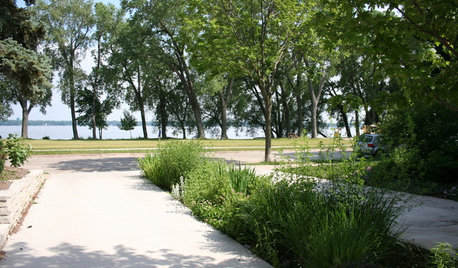
LANDSCAPE DESIGNHow to Design Your Landscape to Sink Water Into the Ground
Learn to infiltrate stormwater, even on challenging sites
Full Story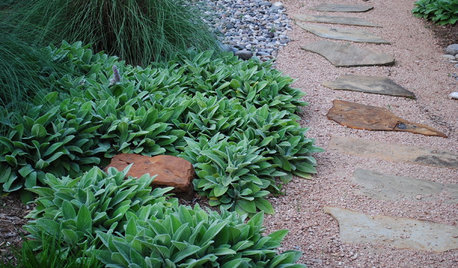
SAVING WATERLush Gardens With Low Water Needs
Drought tolerant doesn’t have mean spindly, brown and thorny
Full Story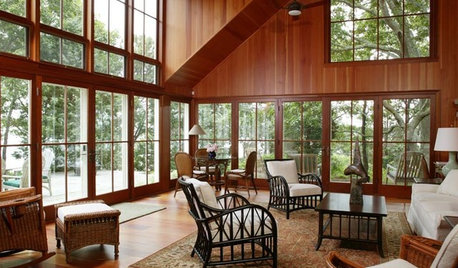
ARCHITECTUREWant to Live by the Water? What You Need to Know
Waterside homes can have amazing charm, but you'll have to weather design restrictions, codes and surveys
Full Story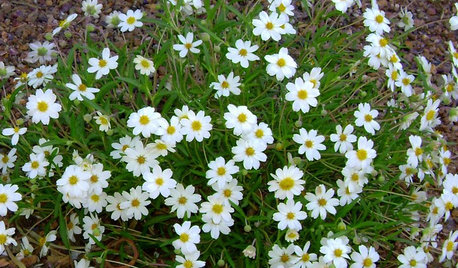
GROUND COVERSGreat Design Plant: Blackfoot Daisy for Prettier Dry Ground
Don’t let its delicate looks fool you. This ground cover can survive extreme cold and heat, and with little water to boot
Full Story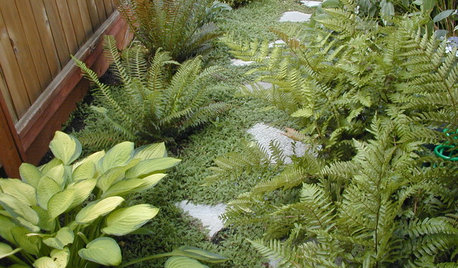
LANDSCAPE DESIGN6 Great Ways With Garden Ground Covers
Use them as problem solvers, weed killers, color and texture providers ... ground cover plants have both practical and visual appeal
Full Story
GARDENING GUIDES6 Native Ground Covers for Tough, Dry Spots
Sun beating down on your sandy gravel? Thick shade darkening your clay soil? There’s a ground cover here for you
Full Story
GARDENING GUIDES5 Weed-Smothering Ground Covers
Let these landscape plants do the dirty work of choking out weeds while you sit back and enjoy the view
Full Story
GARDENING GUIDESGreat Design Plant: Bugle Weed, a Quick Ground Cover
It’s highly adaptable, suppresses weeds, reduces erosion and provide weeks of bright flowers. Just watch for invasiveness
Full StoryMore Discussions







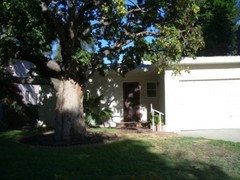

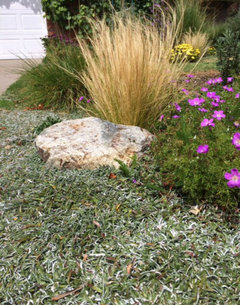
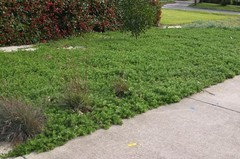
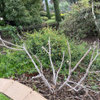
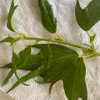
surfcitysocal